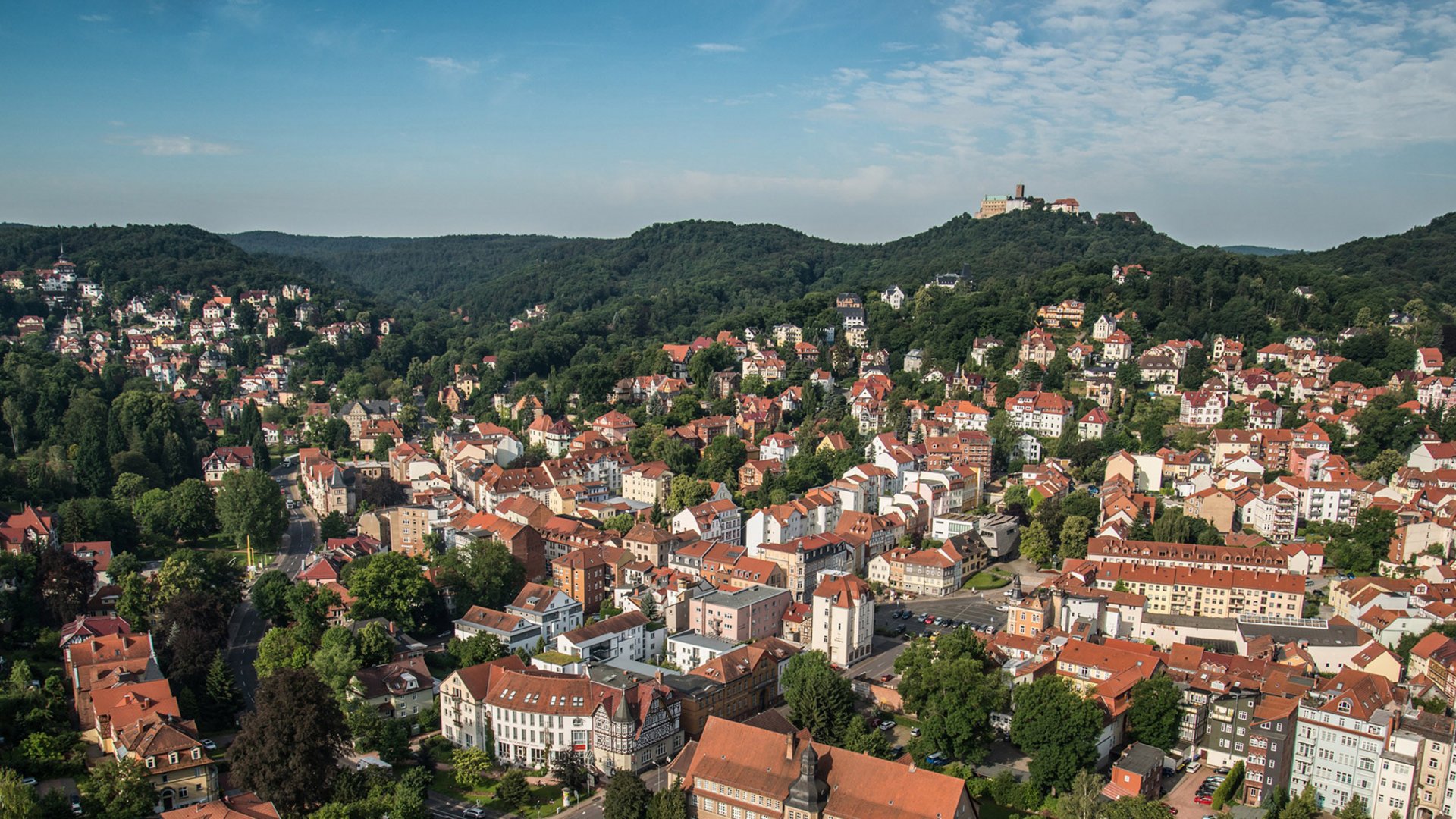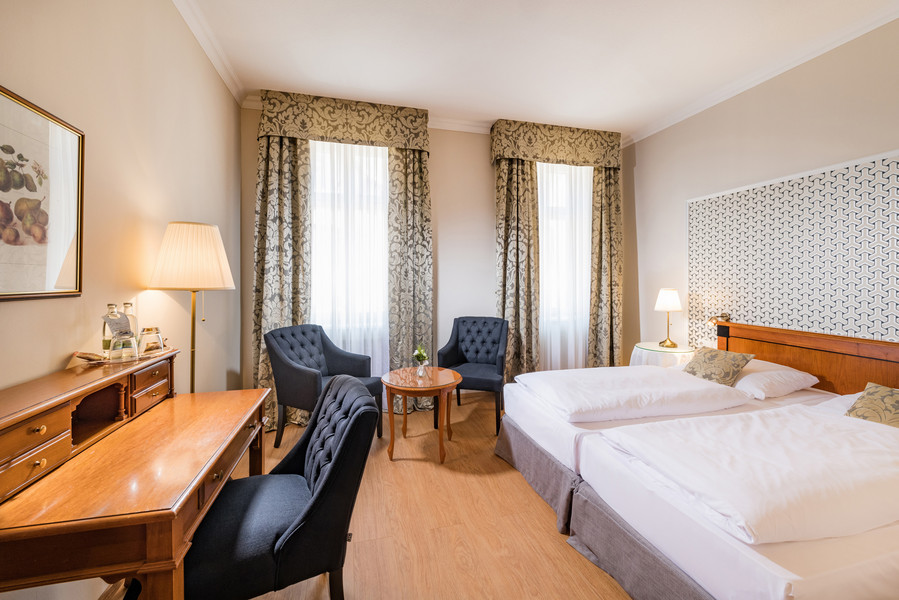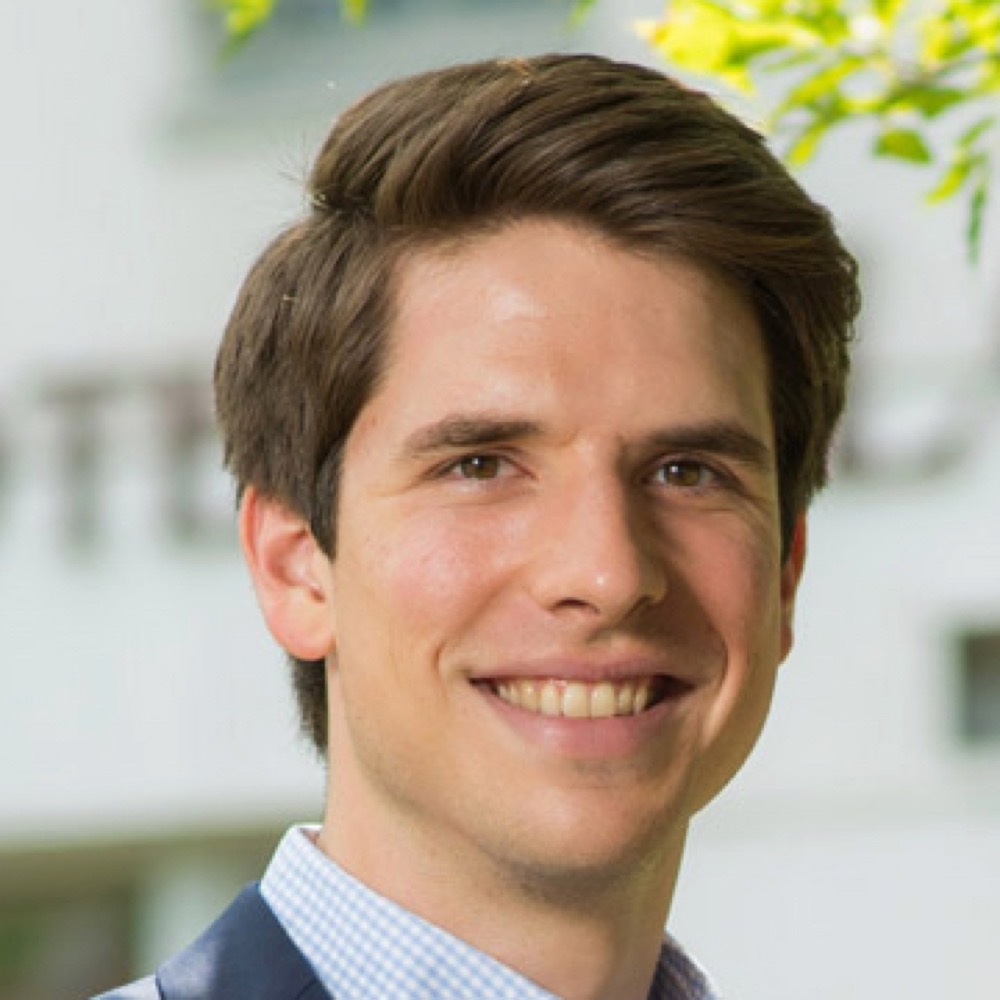Sights in Eisenach
arrival
departure
persons
The Wartburg City of Eisenach
Since the town was founded in the 12th century, a distinctive piece of German history and culture has been written in Eisenach. The names of world-famous personalities are associated with the town at the foot of Wartburg Castle. Eisenach is also proud of its more than 100-year tradition of car manufacturing.
Martin Luther translated the New Testament at Wartburg Castle, Saint Elisabeth was very charitable, it is the birthplace of Johann Sebastian Bach, Johann Wolfgang von Goethe often stayed in Eisenach and the poet Fritz Reuter enjoyed his final years here.
The town is situated in a charming, harmonious setting, a true paradise for hikers and nature lovers and an ideal starting point for excursions to Gotha, Erfurt and Weimar.
The Rennsteig, probably the most famous hiking trail in the Thuringian Forest, begins here.
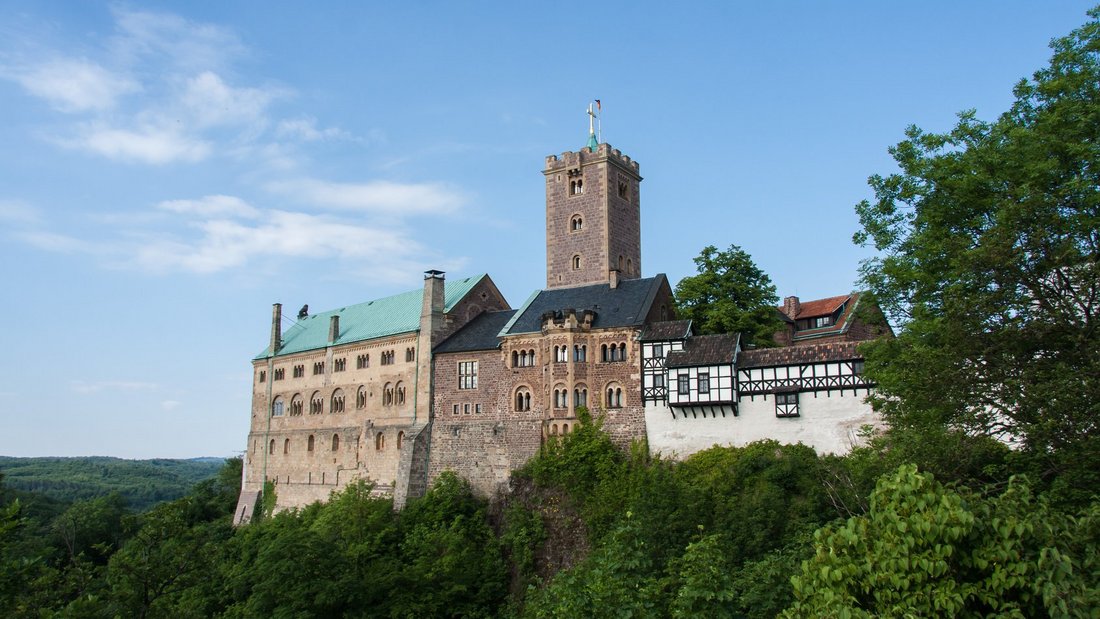
The Wartburg
Wartburg Castle, the landmark of Eisenach, once served as Martin Luther's shelter.
„Wart’ Berg, du sollst mir eine Burg werden!“ ("Wait mountain, you shall become a castle to me!")This is what Count Ludwig the Springer is believed to have said, according to legend, and he founded the similarly named Wartburg in 1067. Since then, the Wartburg has been the setting for historical events such as the Singer's War, the Elizabeth legend or the Wartburg Festival of the fraternities. The most significant event was the involuntary stay of Martin Luther - outlawed by the emperor and banned by the pope. During his protective custody, Luther translated the New Testament from the original Greek text into German.
In December 1999, UNESCO inscribed Wartburg Castle on the World Heritage List of Humanity.
For more information, please visit:
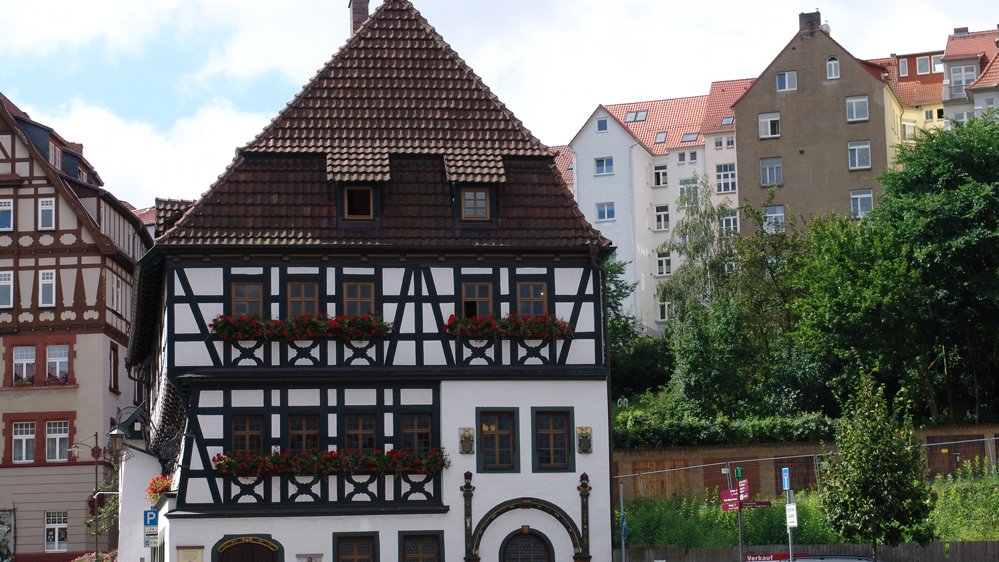
The Luther House
The Luther House is one of the oldest surviving half-timbered houses in Eisenach.
Martin Luther, the famous 16th century reformer, lived in the house of the Cotta family, now known as the Luther House, during his school days at the Latin School. In 1898, the then owner of the house opened a restaurant, the "Lutherkeller", and as a special attraction, the two Luther parlours were also opened for visits.
Since 1956, it has been an official memorial to Martin Luther, and since 1996 it has housed a permanent exhibition in which the operators try to convey an understanding of the approach and the Reformation itself. There is also an exhibition of the Lutheran parsonage hierarchy on the upper floor of the house.
For more information, visit:
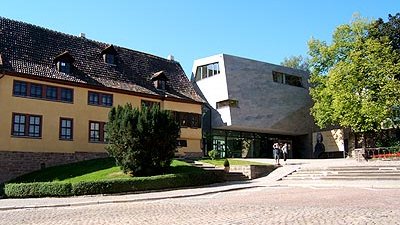
The Bach House
The Bach House in Eisenach is the world's first museum dedicated to Johann Sebastian Bach.
The first and thus oldest museum dedicated to Johann Sebastian Bach is located here in Eisenach. Since 1907, the old half-timbered house on Frauenplan has housed the museum founded by the "Neue Bachgesellschaft" in memory of J. S. Bach. It displays a collection of musical instruments from Bach's time and offers some interesting insights into the living conditions
Of course, you will also get an impression of the life and work of the famous composer, who first sank into oblivion and was brought back to life by other musicians.
For further information, please visit:
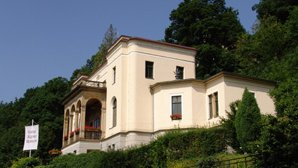
Reuter-Wagner Museum
Fritz Reuter, the great German poet, spent his final years in Eisenach. One building, two important people.
Fritz Reuter, the great German poet, had his Neo-Renaissance villa built in the years 1866-1868 and spent his last days of life here in Eisenach. In 1895, the city of Eisenach bought the villa after it had been bequeathed to the Schiller Foundation according to the Reuters' will.
In the same year, the city of Eisenach acquired the Wagner collection of Oesterlein, who had already gathered pictures and busts, letters and writings, playbills and an extensive library of about 5,000 volumes with great energy during Wagner's lifetime. The collection was housed in Fritz Reuter's villa and opened to the public in 1897 as the Reuter-Wagner Museum.
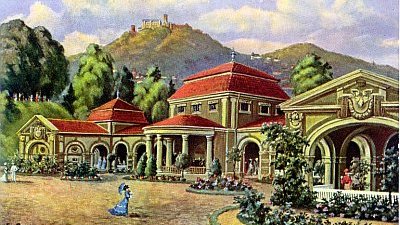
The Wandelhalle
Experience a piece of history at the edge of the Kartausgarten. The Wandelhalle was built there at the beginning of the 19th century.
It is a fitting addition to the park experience, as it is an open hall with a gazebo for music. The first opening took place in 1906. However, the events of the last century did not leave it unscathed and the hall was on the verge of demolition. In 2001, the "Stiftung Wandelhalle" (Wandelhalle Foundation) was formed, which has been taking care of its preservation ever since. In 2004, a renovation of the complex took place.
Further information can be found at:
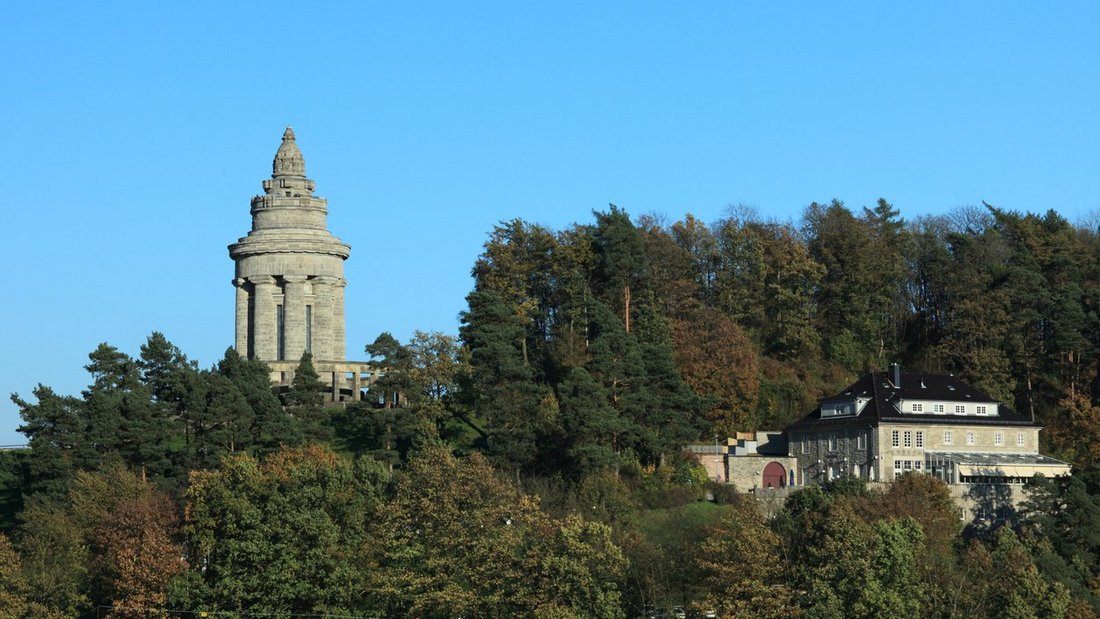
Fraternity monument
An almost undamaged relic from earlier times. This is a memorial to all fraternity students.
In particular of the fraternities that participated in the unification of Germany in 1871. The building is 33 m high and took two years to build. It was inaugurated on 22 May 1902. The building is made of shell limestone and bears the motto "HONOUR, FREEDOM, FATHERLAND". The entrance is decorated with an engraving "Dem Geeinten Vaterlande". Inside is a ceiling painting depicting the twilight of the gods. It is a battle scene of the Germanic deity of the Aesir against the forces of darkness.
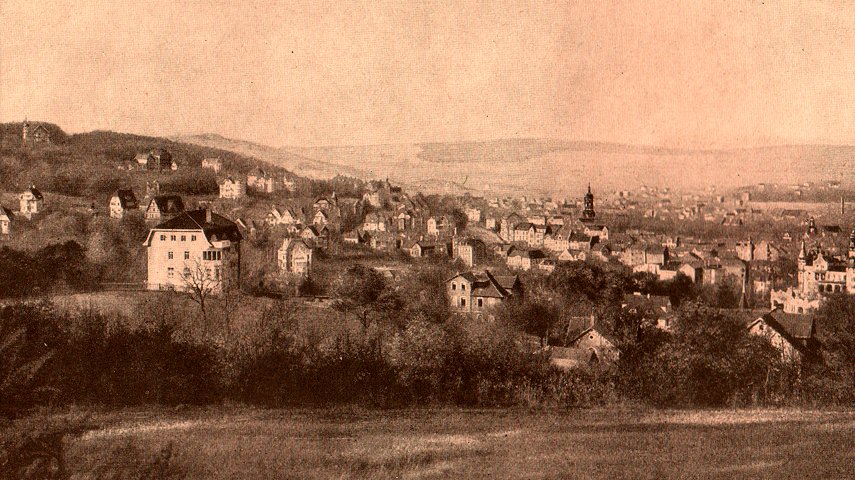
The Südviertel (city district south)
An area, not only for architecture enthusiasts, with an unmistakable flair. One of the largest contiguous and partly listed villa districts in Germany can be found in the south of Eisenach.
It stretches from the Predigerhöhe over the Mariental to the area below Wartburg Castle. Fascinating are the many different architectural styles from late classicism to Bauhaus, which give this area a special charm.
Some well-known villas are, for example: Reuter-Wagner-Museum, Rhododendron Villa, Film-Kleist-Villa.
Feel free to see for yourself the diversity and beauty of the Südviertel.
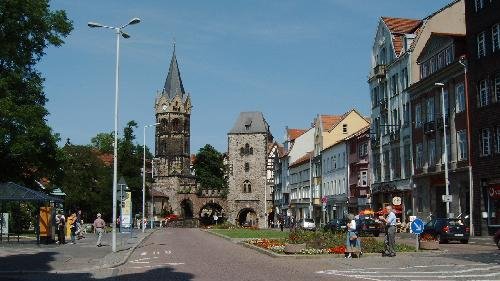
Nikolai gate and church
Witnesses to days long gone that have left their mark on Eisenach. The Nikolaikirche and the Nikolaitor were built around 1170.
The church was one of the last buildings to be built in the Romantic style. It was both a parish church and a place of worship for the nuns of the Benedictine monastery. Right next to it is Eisenach's only surviving town gate, the gate of St. Nicholas.
In earlier centuries, one of the most important trade routes led from Frankfurt/Main to Krakow. It passed through the gate and made Eisenach the cosmopolitan city it is today. Walk through a gate of time.
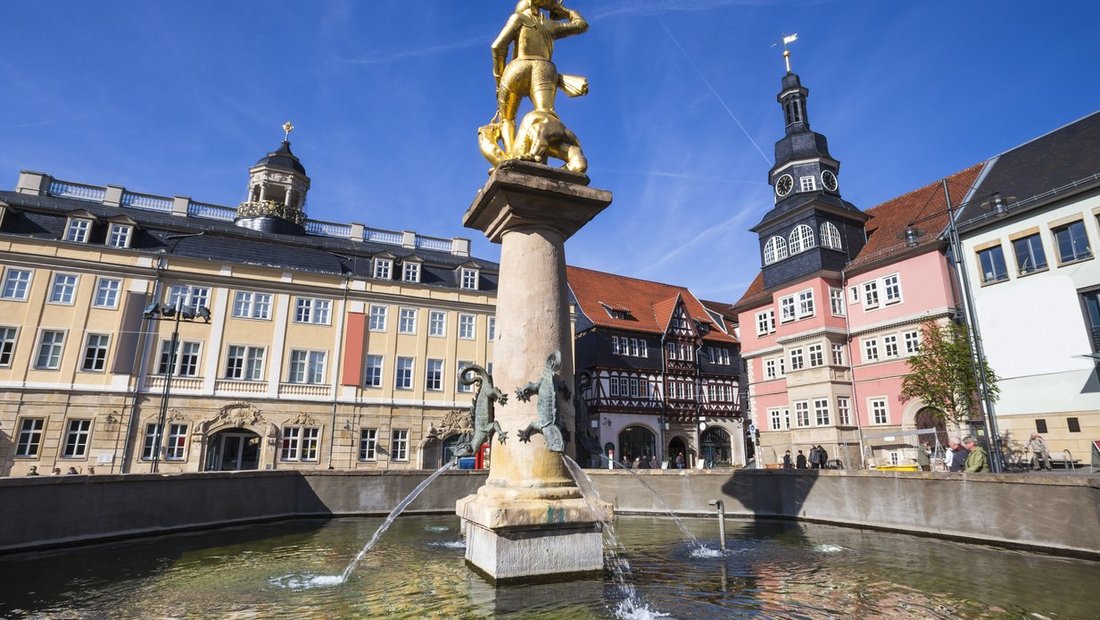
City Palace and Thuringian Museum
The city palace has been built in stages since the beginning of 1742. Since 1931 it has housed, among other things, the Thuringian Museum Eisenach. The City Palace was commissioned by Duke Ernst August of Saxony-Anhalt in 1742 and was built by 1751.
Since 1931, the Thuringian Museum has been housed in the rooms of the palace, where it displays a wide range of arts and crafts collections, such as Thuringian porcelain, faience, glass, graphic art, wrought iron, paintings from the second half of the 19th century, and representatives of expressive realism.
The Marstall, which has already been restored, hosts changing exhibitions on a wide variety of topics.



